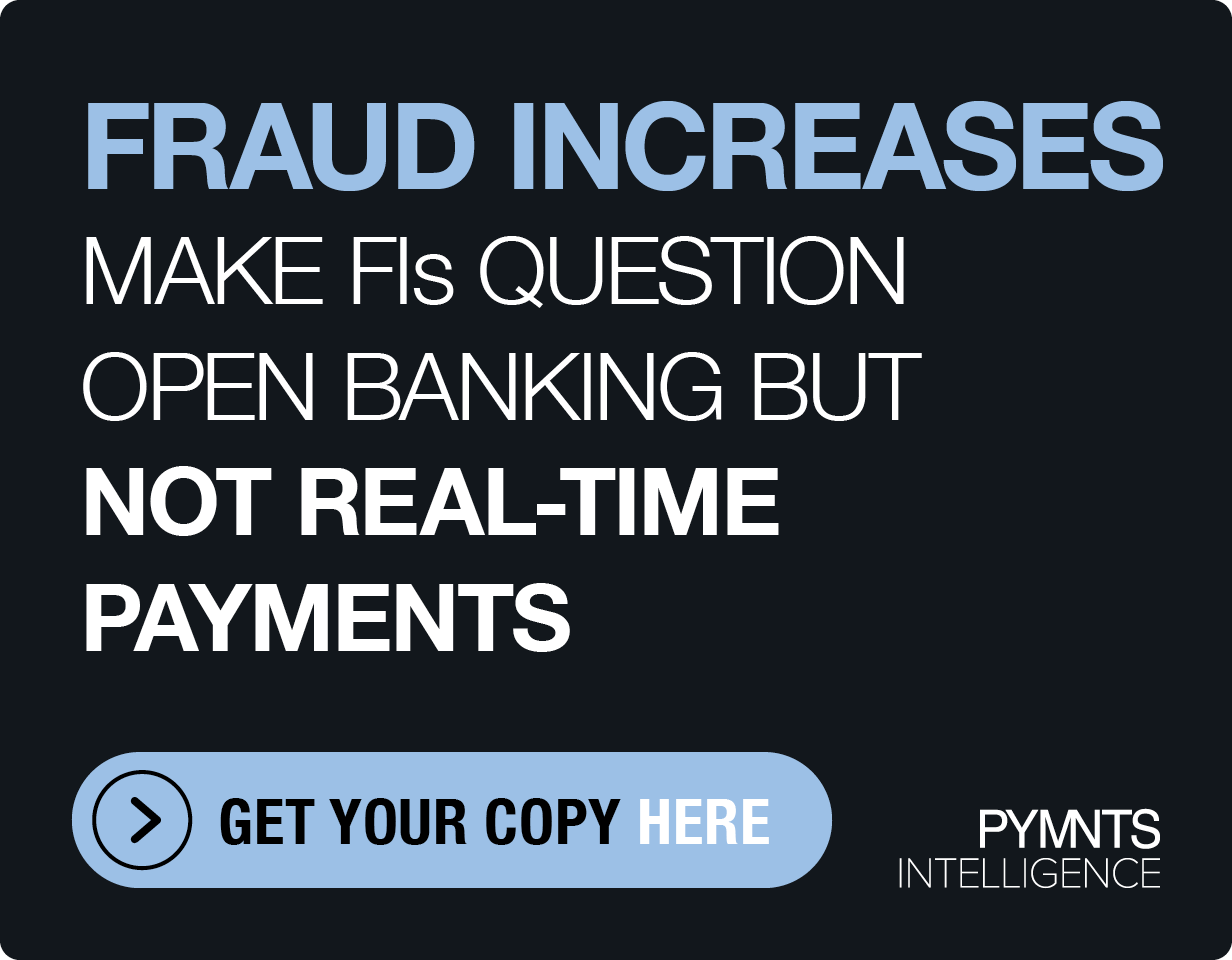Mobile Payments Start A Revolution in Corporate Cards
Might mobile payments help revolutionize corporate cards?
David Wood, director of products at Conferma Pay, told PYMNTS in a recent Masterclass that mobile payments are increasingly becoming an essential component of the business payments landscape, providing a “consumersation” experience for business essentials, and will inevitably lead to a change in the corporate card environment.
It’s been well documented how reliant on paper checks B2B payments have been right up to and even into the pandemic — with a significant percentage of payments being done through those antiquated means.
“The immediacy of lockdown earlier this year created an inability to create and process payments for receivables,” said Wood, who added that “pre-COVID, 25 percent of business transactions were checks, ACH transfers and even cash advances.”
Those methods proved difficult to use, or even impossible to use, in the rapid shift to a work-from-home environment. As a result, he said, many firms pivoted quickly toward card payments.
“It was a quick solution, but not the perfect solution,” Wood said. But even that shift created friction — of a different sort — tied to the reliance on the distribution and the movement of this physical plastic around the business, resulting in management pain points and in some cases even payment errors. Cards, of course, are also inherently vulnerable to fraudsters’ attacks.
But this pain has not been limited to those in procurement teams alone. Employees, contractors and countless others who don’t have corporate cards but needed funds to augment their home-working environments were left to the mercy of using their own funds and following up with clunky reimbursement processes that didn’t quite work.
And not in the distant future, people will be on the move again, needing fuel, sustenance and other incidentals to be fulfilled. But more than ever before, the “bank-of-the-employee,” where employees willingly used their personal cards for business, will be a diminished quantity as people become more cautious with their money.
“Visibility and control remain essential though” when it comes to managing payments, Wood said. And the security functions tied to tokenized virtual payments go a long way toward easing concerns of decentralizing payments processes. Innovation in mobile payments technology has enabled the remote or on-the-move workforce to access corporate funds, through personal mobile devices for both eCommerce and contactless payments. This takes away the need to provide corporate cards to multiple employees who don’t otherwise need them.
In the great digital shift that is changing business payments, he maintained, the B2C experience — with its ease of online flows and plethora of payment options — has led to increasing demand for a similar experience in the corporate environment too. No longer are people happy with physical cards in their wallets.
“The way we buy in our personal lives is a key driver,” Wood said. “It’s low touch, it’s auditable and quick. It can also be done from any location.”
The shift to cards — encouraged over cash — is evident in commerce at large, where the overwhelming number of merchants’ terminals are now contactless-enabled and set up for tap-and-go transactions. Against that backdrop, tokenized, virtualized, digital card-based payments have particular value in corporate incidental and entertainment expenses.
The Issuers
Wood said issuance of virtual cards in the corporate arena has so far lagged its consumer opposite and also fallen behind the change in point-of-sale acceptance, but the momentum for change has been building. He highlighted Visa Commercial Pay, powered by Conferma Pay, as an example of marrying virtual payments within digital wallets to a market ready for similar solutions via APIs.
“Our vision is to increase accessibility of tokenized, B2B payment through mobile applications,” Wood said, adding that the B2B mobile-payments revolution is “a call to action for the issuers.”
